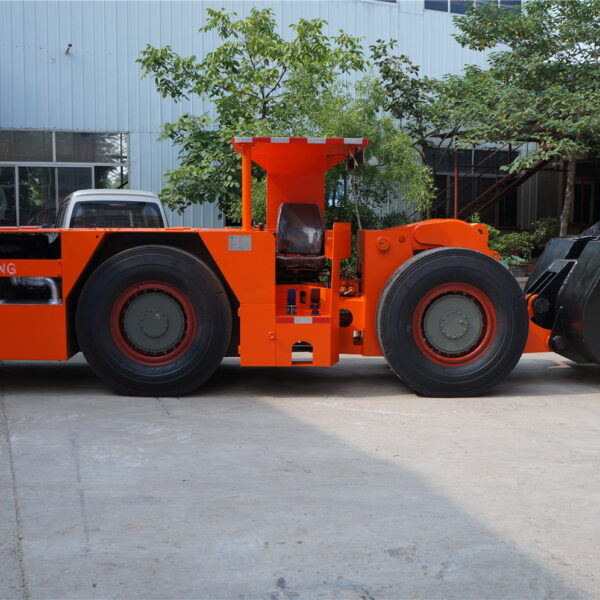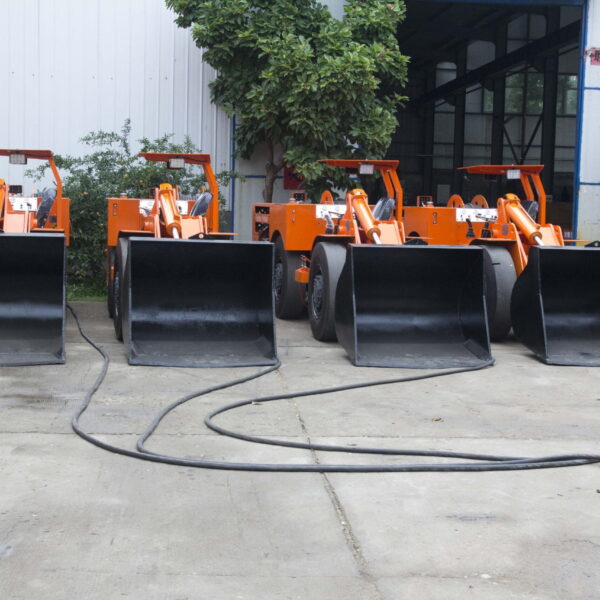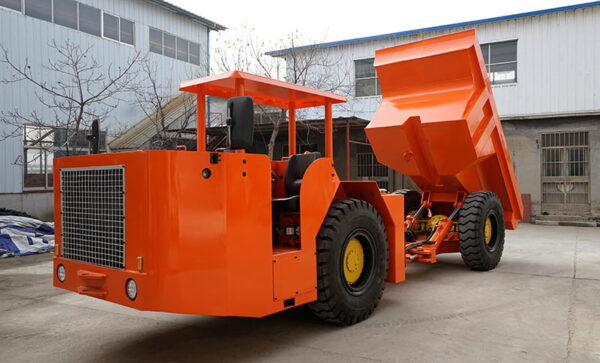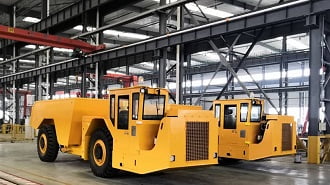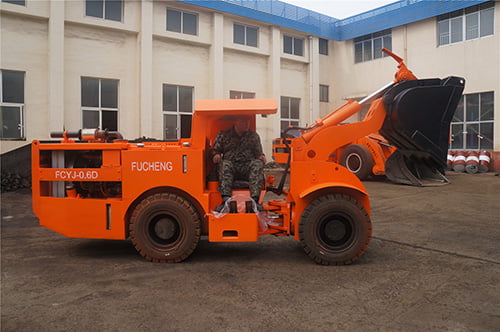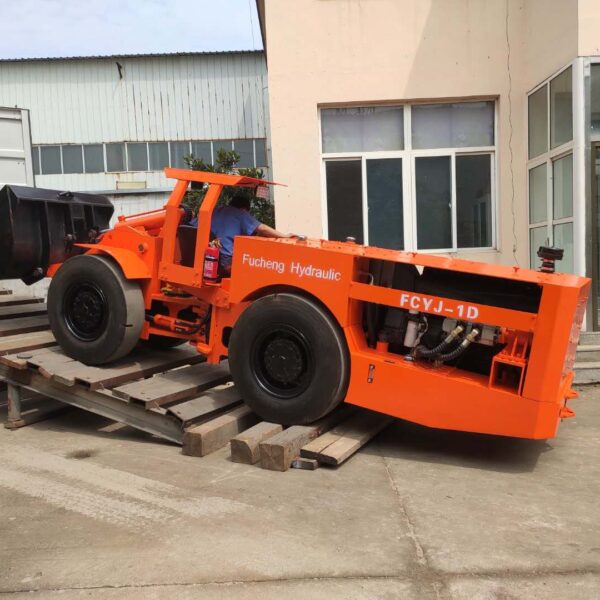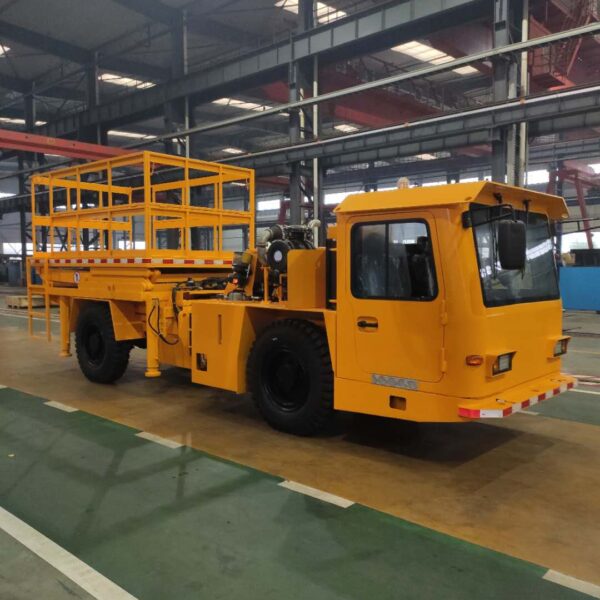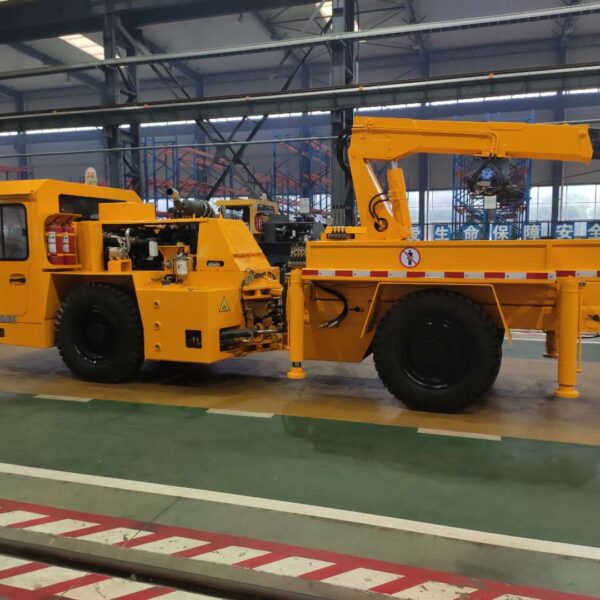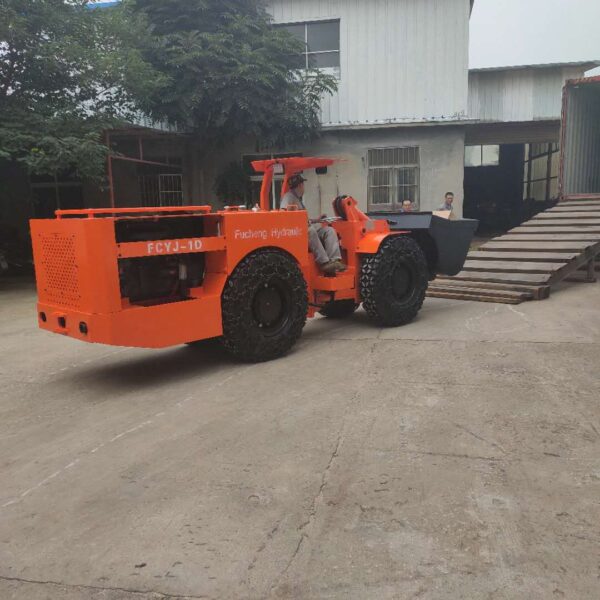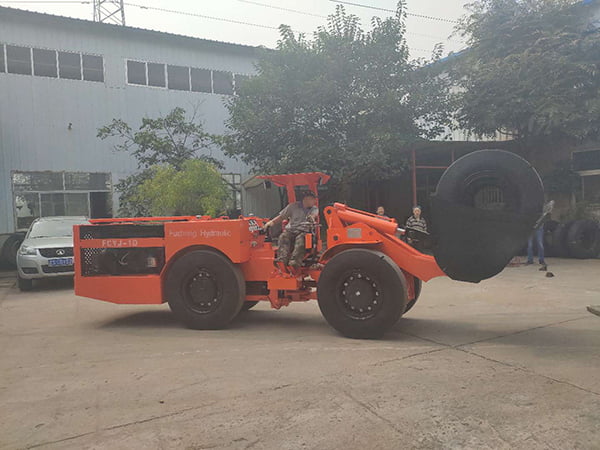I sollevatori idraulici di valvole normalmente non necessitano di regolazioni manuali. Ma arriva un momento in cui è necessario considerare questo aspetto. Lo smontaggio parziale del gruppo valvole richiede la regolazione dei sollevatori idraulici.
Volete regolare manualmente gli alzavalvole idraulici? Se sì, questa è la guida giusta per evolvere. Parleremo dei sollevatori idraulici delle valvole e aggiungeremo alcuni suggerimenti per risolvere il problema in modo preciso, acquisendo le impostazioni con precisione.
Mettiamolo in evidenza.
Cosa sono i sollevatori idraulici?
I sollevatori idraulici delle valvole sono i componenti lisci che evitano di danneggiare il motore e di eliminare la confusione nel sistema. Lavorano con la valvola, l'albero a camme, l'asta di spinta e il bilanciere. L'apertura e la chiusura della valvola assicurano un gioco nullo nel sistema.
Il fluido al loro interno aiuta a mantenere il loro movimento e ad evitare le regolazioni manuali. Tuttavia, in alcuni casi sono necessarie regolazioni speciali dei sollevatori idraulici.
Come funzionano gli alzavalvole idraulici?
Il sollevatore idraulico della valvola garantisce la facilità di funzionamento dei sistemi idraulici. Il trasferimento automatico dell'olio regola il gioco tra le varie parti, come l'albero a camme, l'asta di spinta e la valvola.
Se vi state chiedendo come funziona, abbiamo descritto il processo come segue.
- Movimento dell'albero a camme. Il movimento dell'albero a camme spinge il sollevatore idraulico verso l'alto. Il movimento viene quindi trasferito all'asta di spinta e al bilanciere che aprono la valvola.
- Attivazione della pressione dell'olio. Un sollevatore idraulico ha un piccolo pistone con una cavità piena di fluido. Quando il motore si avvia, l'olio passa attraverso i fori all'interno della cavità del fluido nel sollevatore. La pressione dell'olio spinge il pistone e crea un gioco automatico nella trasmissione delle valvole.
- Autoregolazione. Il processo assicura il gioco tra l'albero a camme e gli altri componenti. Garantisce un funzionamento sicuro del sistema idraulico ed evita un'usura precoce del motore.
- Compressione e rilascio. In questo caso, il lobo dell'albero a camme si allontana, comprimendo il sollevatore idraulico. Questo fenomeno chiude la valvola facendo affidamento sulla forza di ammortizzazione dell'olio nei sollevatori idraulici.
Guida passo-passo per la regolazione degli alzavalvole idraulici
I sollevatori idraulici sono il cuore di ogni motore. Sono dotati di funzioni di autoregolazione grazie ai loro meccanismi di funzionamento.
Tuttavia, per le regolazioni manuali è necessario attenersi alla procedura descritta di seguito.
Fase 1: prendere gli strumenti giusti
Cosa si fa prima di riparare qualcosa? Prendere gli strumenti necessari e sistemare l'intero caso, giusto? È il momento giusto per fare tutto questo.
Comprendere tutti gli strumenti necessari per la regolazione manuale dei sollevatori idraulici.
Gli strumenti più comuni includono:
- Set di bussole e chiavi
- Chiave dinamometrica
- Cacciavite
- Spessimetro (opzionale per il controllo)
- Cricchetto o barra demolitrice
- Guarnizioni del coperchio della valvola
Questi strumenti aiutano a montare e smontare le parti idrauliche.
Fase 2: Preparare il motore
È necessario immergersi nel motore. Confermare i seguenti punti:
- Il motore non è più in funzione. Se è in funzione, spegnerlo. Attendere qualche istante finché non si raffredda.
- È il momento di scollegare le batterie collegate al motore e ai relativi sistemi.
Dimostrate la vostra abilità estraendo il coperchio della valvola. Procuratevi gli strumenti necessari per una migliore rimozione del coperchio.
Fase 3: trovare il punto morto superiore
Afferrare la barra o il cricchetto e ruotare il motore in modo efficiente. Procedere in questo modo finché un cilindro non si trova al punto morto superiore.
Volete confermarlo? Utilizzate i segni di fasatura e la luce di fasatura.
Fase 4: Controllo del gioco del sollevatore
La valutazione del gioco del sollevatore è di fondamentale importanza. Tutto ciò che dovete fare è seguire i passaggi indicati di seguito.
- Quando il primo cilindro si trova al punto morto superiore, verificare che entrambe le valvole di aspirazione e di scarico siano chiuse.
- Fare pressione sull'asta di spinta e controllare la fermezza del gioco tra il sollevatore e la valvola. Assicurarsi che non sia troppo stretto per la situazione attuale.
Fase 5: regolazione del sollevatore
Ora è il momento di procedere verso il lavoro cruciale che abbiamo tentato. In questo caso, seguite i passaggi indicati di seguito.
- Allentare i dadi del bilanciere con il cacciavite. Stringere il tutto muovendo l'asta di spinta con le dita. Sentite la resistenza? Questo è il punto di zero lash. A questo punto, l'asta di spinta tocca i sollevatori.
- Ruotando ulteriormente il dado di 1/4 o 1/2 si può fissare correttamente il sollevatore. In questo modo si aumenta la pressione dell'olio e si mantiene il sollevatore ben saldo.
- Ripetere la procedura sopra descritta per ogni valvola. Confermare il corretto funzionamento e il gioco nel sistema del motore.
Fase 6: Riassemblaggio del motore
Avete completato i processi sopra descritti e siete pronti a fare di più per il vostro motore? Non preoccupatevi più, perché dovete testare tutte le operazioni che avete fatto. Ad esempio:
- Fissare tutte le valvole e reinstallare il motore. Installare i coperchi delle valvole.
- Ricollegare la batteria.
- Avviare il motore. Valutare la fluidità delle operazioni. Notate eventuali altri problemi che si presentano durante l'operazione.
Fase 7: ascolto del rumore della valvola
Se state ancora cercando di capire se avete effettuato la giusta regolazione dei sollevatori, il modo più semplice è quello di valutare il rumore delle valvole. A tale scopo, è possibile valutare i rumori provenienti dal motore.
Se si sente un rumore di ticchettio, avete eseguito i passaggi sbagliati. Riparare il sollevatore idraulico con la procedura sopra descritta e capire se funziona correttamente.
Suggerimenti per la regolazione dei sollevatori idraulici
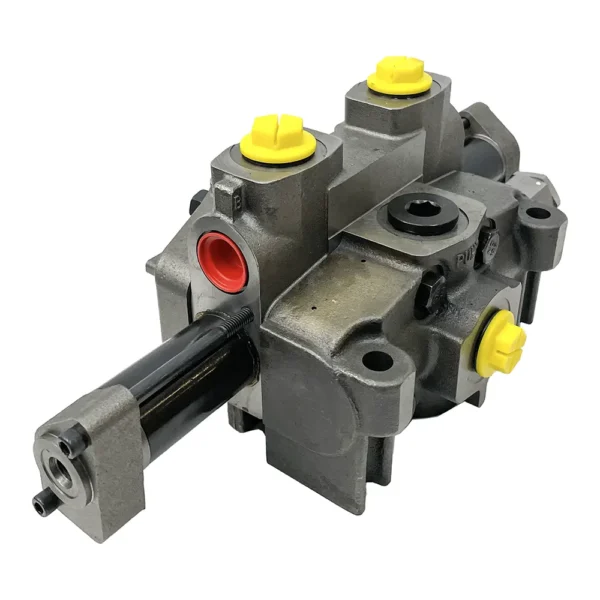
Scegliere le migliori pratiche può salvarvi dai problemi futuri. L'affare più importante è considerare tutti i suggerimenti positivi per i vostri sforzi.
Ad esempio:
Introdurre gli strumenti giusti.
Imbustate tutti gli strumenti necessari. Ad esempio, le chiavi dinamometriche possono garantire la rotazione angolare e il serraggio delle valvole idrauliche. Procuratevi cacciaviti di qualità e disponete di strumenti aggiuntivi per una maggiore sicurezza.
Ricordate di portare con voi guanti e, a volte, occhiali di sicurezza.
Assicurarsi che il motore sia spento e freddo.
La regolazione di qualsiasi parte del motore richiede lo scollegamento della batteria. Per spegnere il motore, leggere il manuale del produttore o consultare una guida online.
Una volta spento il motore, aspettate almeno mezz'ora per farlo raffreddare. Un motore caldo può bruciare la pelle anche con i guanti.
Ricordatevi di controllare i rumori.
Dopo esservi adattati ai sollevatori idraulici, non dimenticate la fase di collaudo. Essa vi assicura la migliore esperienza e conferma l'accuratezza del vostro lavoro.
Valutare il perfetto funzionamento delle varie parti del motore. Verificate anche l'eventuale presenza di rumori.
Coinvolge gli esperti
Se siete principianti e non sapete come regolare le valvole, rilassatevi! Contattate gli esperti e coinvolgeteli nel processo di regolazione. Ridurrà i rischi di errore e ottimizzerà la durata del sollevatore idraulico.
Leggere il manuale del produttore.
Avete la guida del produttore per il funzionamento del motore? Apritela e leggete l'intero processo di funzionamento. Inoltre, è necessario comprendere le varie note e i suggerimenti aggiunti per il funzionamento dei sollevatori idraulici di nuova generazione.
Vantaggi dei sollevatori idraulici
Abbiamo parlato molto dei sollevatori idraulici. Forse pensavate che fossero così importanti oppure no.
In caso affermativo, verificare i vantaggi dei sollevatori idraulici:
Manutenzione ridotta
Non preoccupatevi della regolazione degli alzavalvole idraulici. Non hanno bisogno di regolazioni frequenti. Il loro meccanismo di autoregolazione è così forte che funzionano in base alle condizioni del motore e si adattano in base alle varie condizioni.
Eliminate il fastidio per le regolazioni periodiche e godetevi la pace mentale.
Operazioni silenziose
Gli alzavalvole idraulici hanno lo scopo di rendere più fluido il funzionamento del motore. Il potente funzionamento dell'olio agisce come un cuscino. Pertanto, tutti i rumori provenienti dal motore vengono mascherati. Inoltre, consente un facile funzionamento di tutte le parti. Anche se il motore ha una temperatura elevata o bassa, il dispositivo non ha alcun problema.
Durata di vita più lunga
Se si pensa alla durata, i sollevatori idraulici sono vantaggiosi per entrambi gli aspetti:
- Sollevatori idraulici per valvole hanno una durata maggiore. Sono costituiti da componenti potenti e danno risultati infiniti. Sono meno soggetti a usura anche in condizioni estreme.
- Sollevatori idraulici per valvole si mantengono e garantiscono la lunga durata dei componenti del motore. Riducono la rumorosità, consentendo un funzionamento regolare. Le caratteristiche di ammortizzazione dei fluidi promettono un funzionamento senza interruzioni. Ne beneficiano quindi entrambi i sistemi, compreso il motore e le parti interessate.
Migliorare la coerenza
Volete prestazioni costanti dai vostri sollevatori idraulici? I loro 100% sono già in grado di fornire prestazioni costanti.
Con il passare degli anni, non perdono le prestazioni previste. Potete aspettarvi prestazioni prolungate dai sollevatori idraulici e godere di prestazioni di livello superiore.
Conclusione
Gli alzavalvole idraulici sono uno dei componenti cruciali che assicurano l'assenza di gioco. La bassa manutenzione e la facile accessibilità ne fanno la scelta migliore per gli utenti.
Tutto ciò che dovete fare è trovare i fornitori di qualità per le vostre valvole idrauliche. Ne avete uno di qualità?
Jinan Fucheng Hydraulic Equipment Co. è il fornitore numero uno dal 2002. Il nostro valvole idrauliche sono di qualità superiore, richiedono meno manutenzione e hanno una vita più lunga. Che siate principianti o professionisti, potete utilizzare i nostri utensili senza alcuna tensione. Scoprite subito gli utensili migliori!


